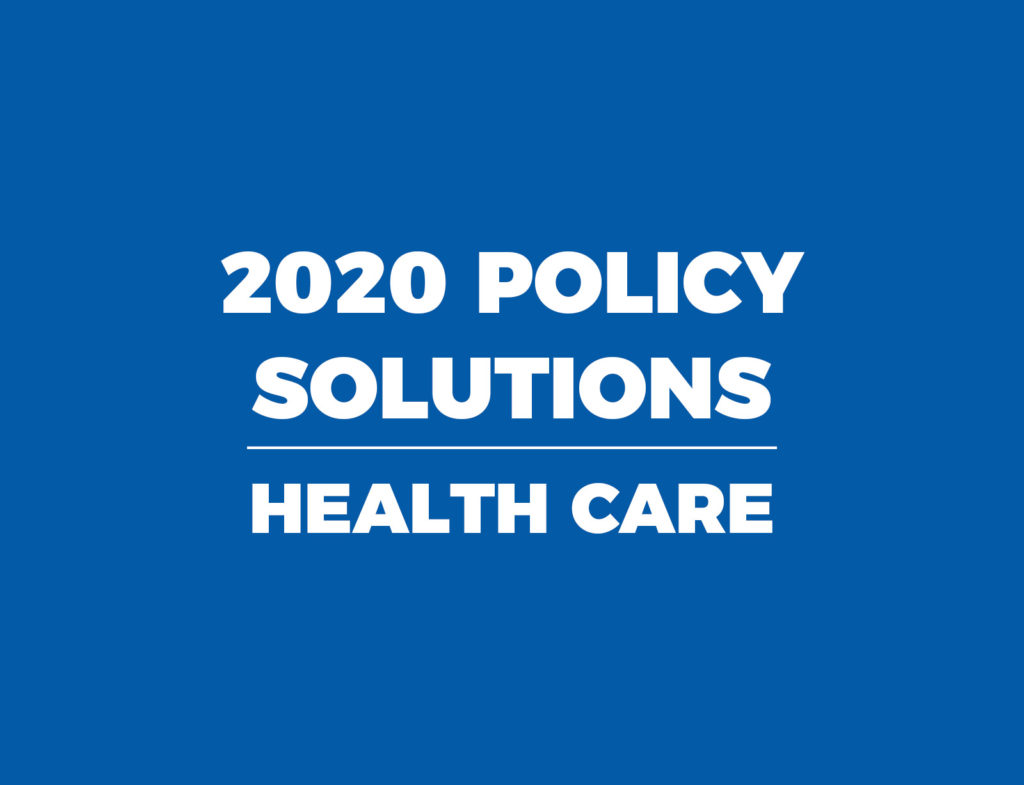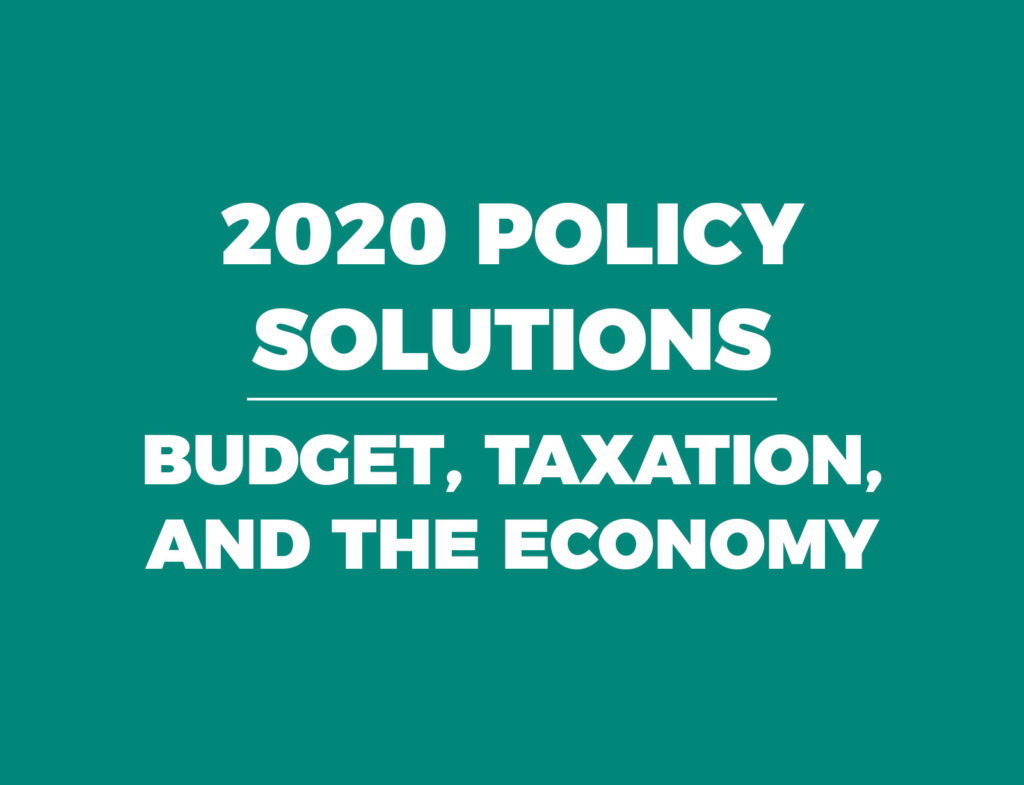Introduction
Updated as of January 2020.
“If you build it, they will come” may be an iconic movie line, but it makes for poor public policy. It is basically what big-league or even minor-league teams promise city, county, and state leaders to persuade them to use public funds to build stadiums and athletic complexes.
The nation is peppered with examples of stadium projects built on empty promises of boosting the local economy, complete with “economic impact” studies that purport to show how crowds on game days will bring new spending on restaurants, hotels, and shops, and raise the city’s profile. Those studies aren’t geared to reflect reality; they’re built to sway public officials on their best hopes and civic pride. Economic research consistently finds a negative economic impact overall with subsidized sports stadiums.
Why don’t publicly funded stadiums actually boost their host cities’ economies? There are several reasons. For one, those funds are being diverted from their alternative uses; it’s not as if they would be sitting in a pile unused. These projects also have unseen opportunity costs that aren’t taken into account by the economic impact studies, but which are real, nevertheless.
Projects also habitually underestimate construction costs to seem affordable; actual costs typically run far higher. On the other end of the ledger, the projects wildly overestimate spending by the public. Actual game days are few, while much of the “new” spending they attract is actually the same old spending, redirected from other entertainment options.
Usually, the local government owns the stadium, while the team and its ownership control the revenues. This arrangement leaves taxpayers on the hook for maintaining the stadium year after year, team or not.
Since sports franchises don’t bear much risk for upgrading their stadiums or building new ones, they frequently press for improved facilities after just a few years into the lives of their current, publicly funded facilities. By then, the franchise has additional leverage over public officials. The team bears the city’s name, has an established fan base, and can dangle the threat of lost spending if it leaves.
Stadiums are also fighting a losing battle with technology. The affordability of large, high-definition televisions makes home-viewing highly competitive with the full stadium experience. Staying at home offers better views of the field, pause and replay options, comfortable seats, a cadre of friends to share the experience, cheaper food and drink, better bathrooms with shorter lines, and other amenities. For those who want to enjoy more than one game, local sports bars offer multiple games in high definition all at the same time.
Sports teams are big business, but they are business. Private sector entities are not the province of government. Stadium projects should be left to the private sector to build when private risk-takers are willing to bet the stadiums are viable projects. Stadiums may have great appeal, but government spending on stadiums invariably leads to multi-year drains on taxpayers. That reality doesn’t help economic growth for the overall community, it harms it.
Key Facts
- A 2008 survey by sports economists Dennis Coates and Brad Humphrey of nearly 20 years of published economic research on the subject found “strikingly consistent” results across cities or geographical areas regardless of estimators, model specifications, and variables used: “almost no evidence that professional sports franchises and facilities have a measurable economic impact on the economy.”
- A 2005 poll of economists found only 4 percent who disagreed with the statement that “Local and state governments in the U.S. should eliminate subsidies to professional sports franchises.”
- A 2017 University of Chicago poll found only 2 percent of economists disagreed with the statement that “Providing state and local subsidies to build stadiums for professional sports teams is likely to cost the relevant taxpayers more than any local economic benefits that are generated.”
- In December 2019 Charlotte Mayor Vi Lyles promised $110 million to bring in a Major League Soccer team. The money would be used to upgrade Bank of America Stadium, where the Carolina Panthers also play, and build new practice and office facilities. This announcement came mere months after the Panthers were promised $115 million in tax credits from the State of South Carolina to move their headquarters south.
- An economic impact study of the new Carolina Panthers headquarters projected it would create 5,715 jobs and have an economic impact of $3.8 billion over 15 years. A South Carolina state senator hired an economist to evaluate that study. The economist found the economic impact to be overstated by $2.7 billion and estimated it would create only 208 jobs, meaning it would cost the state over a half million dollars per job.
- Teams can attract private stadium funding. The Los Angeles Rams are planning to open the NFL’s most expensive stadium in 2020, built without government funding. Closer to home, Raleigh’s bid in 2017 for a Major League Soccer team included a $150 million stadium funded by private investors.
Recommendations
- Resist calls to spend taxpayer money to support private enterprises, including sports teams. If a sports team has the potential to be financially profitable, then it will attract sufficient private investment.
- Consider lowering tax rates and easing the regulatory burden for all businesses, including sports teams. To attract private investment, local governments should maintain a business-friendly tax and regulatory environment.
- Ease planning restrictions to allow private developers to build stadiums and ballparks where there is real demand. There is no need to complicate the planning process for those willing to invest millions of dollars in a sports facility.



